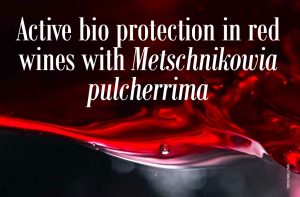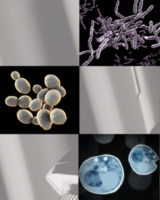
A yeast that reduces sulphites in wines
Implemented, for the first time on a large scale, during the recent northern hemisphere harvest,
LEVEL2 INITIA, a non-fermentative yeast which consumes oxygen, has proved to be very interesting in reducing sulphites.
For the vinification of wines without sulphites or with reduced doses sulphites, winegrowers have a new weapon:
LEVEL2 INITIA. This non -
Saccharomyces yeast , selected by Lallemand in partnership with the Institut Français de la Vigne et du Vin (IFV) and distributed by the Institut Coopératif du Vin (ICV), showed promising results during the last harvest. To read the French article about the winemaker's experiences please click on the link below (remember to translate it to English when asked):
https://www.vitisphere.com/actualite-95790-une-levure-reduisant-le-sulfitage-des-vins.html
Also a yeast for bioprotection.
The pre-fermentation phase during the vinification of white and rosé wines significantly increases the quality of the wines, but also carries the risk of oxidation and the development of spoilage microorganisms. These risks may result in loss of quality.
In recent years, changes in winemaking practices, regulations and consumer demand have resulted in a significant decrease in the use of sulphites.
Increasingly, winemakers are considering bioprotection of musts using non-
Saccharomyces yeast. Each species of these yeast has its own specific contribution and differences between strains can also be observed within the same species. For more information on this new exciting product please click on the link below:
Level2 Initia Article Wineland December 2021



